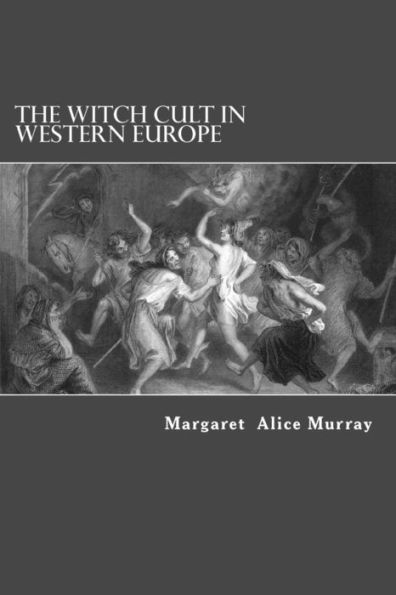5
1

The Witch Cult in Western Europe
282
The Witch Cult in Western Europe
282
16.0
In Stock

Product Details
| ISBN-13: | 9781490339573 |
|---|---|
| Publisher: | CreateSpace Publishing |
| Publication date: | 06/04/2013 |
| Pages: | 282 |
| Product dimensions: | 5.98(w) x 9.02(h) x 0.64(d) |
About the Author
From the B&N Reads Blog
